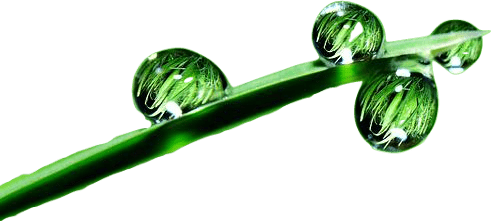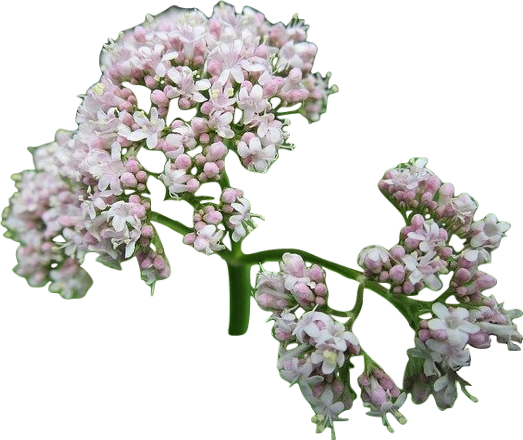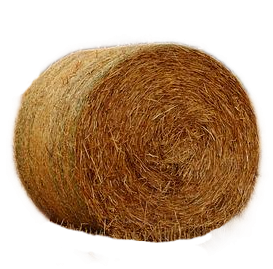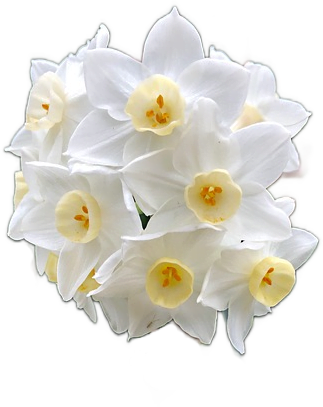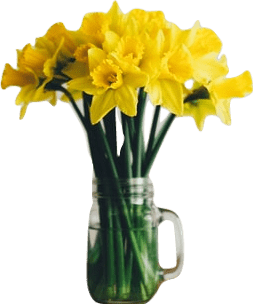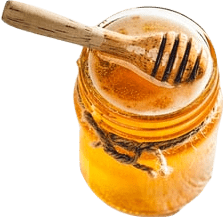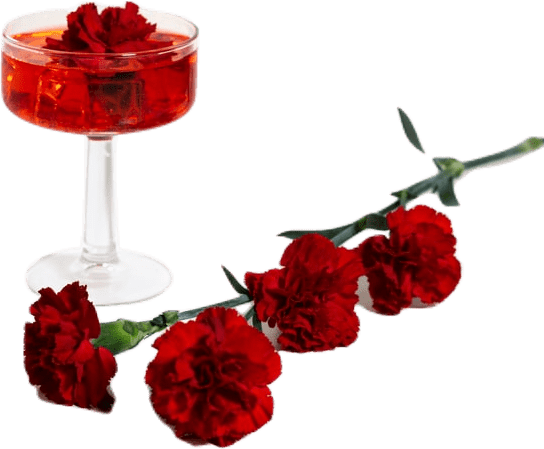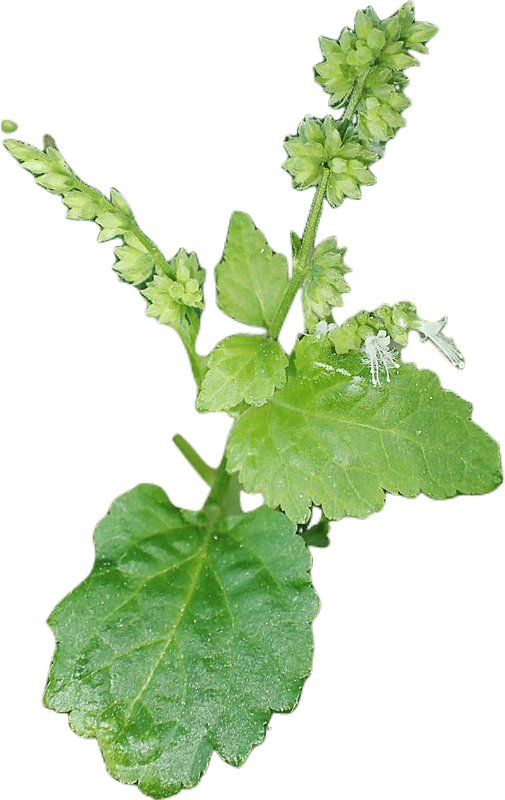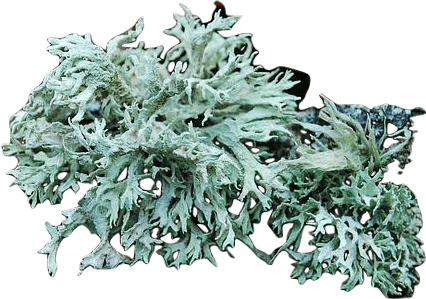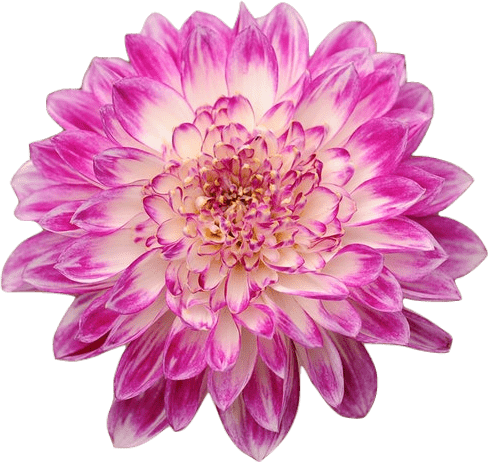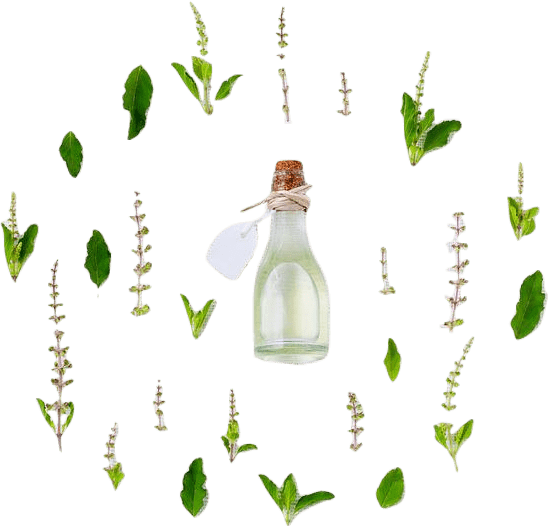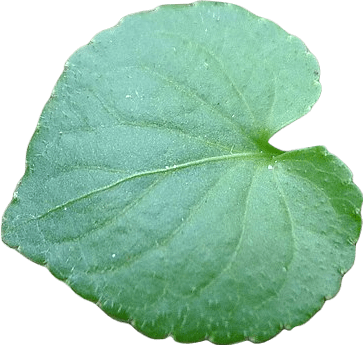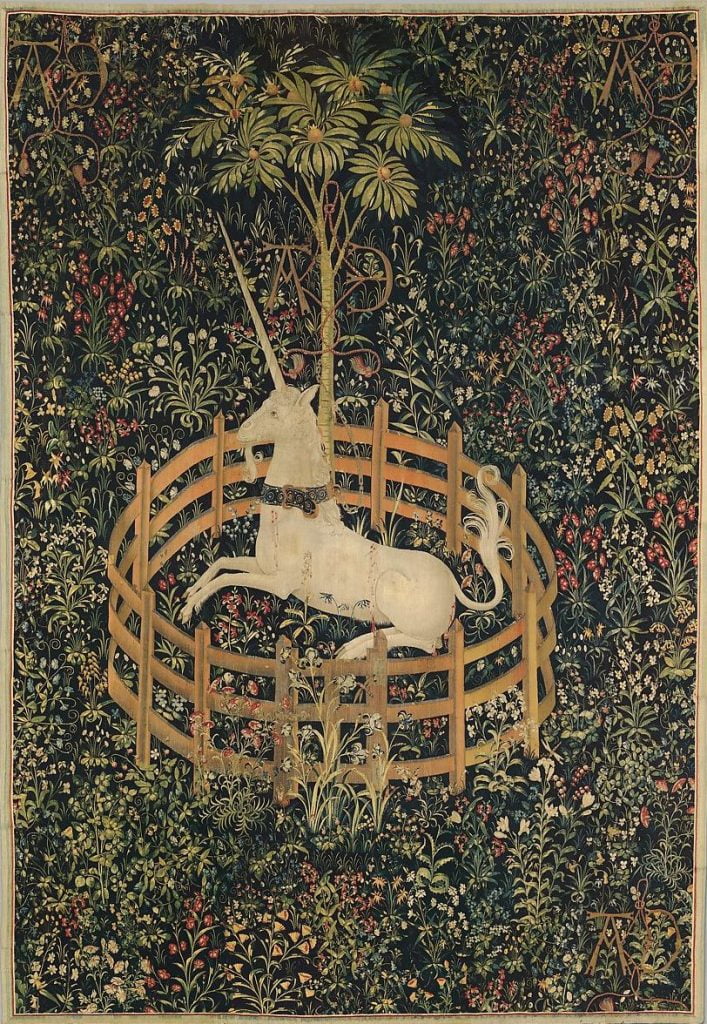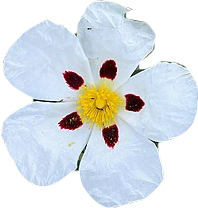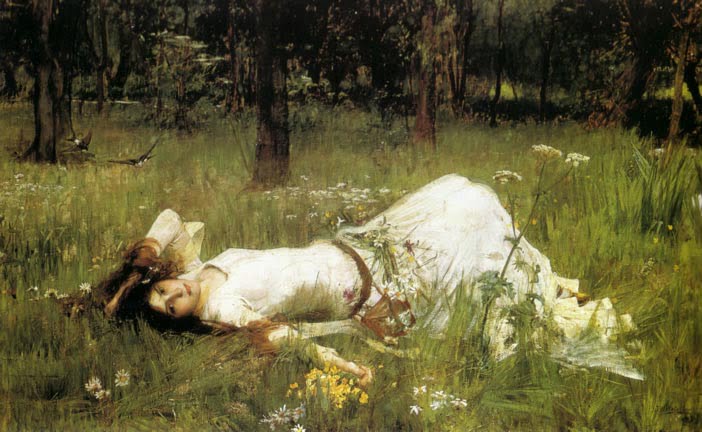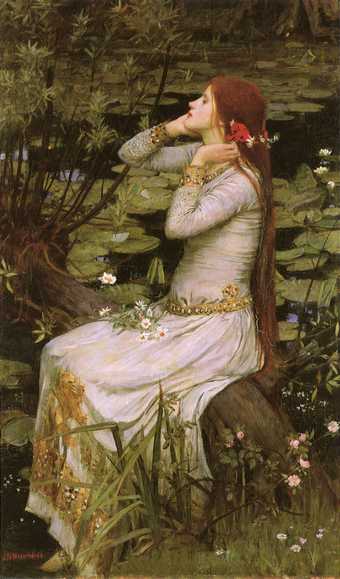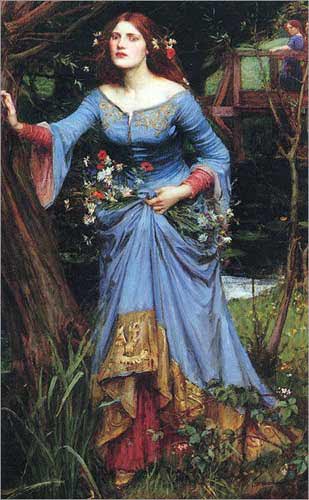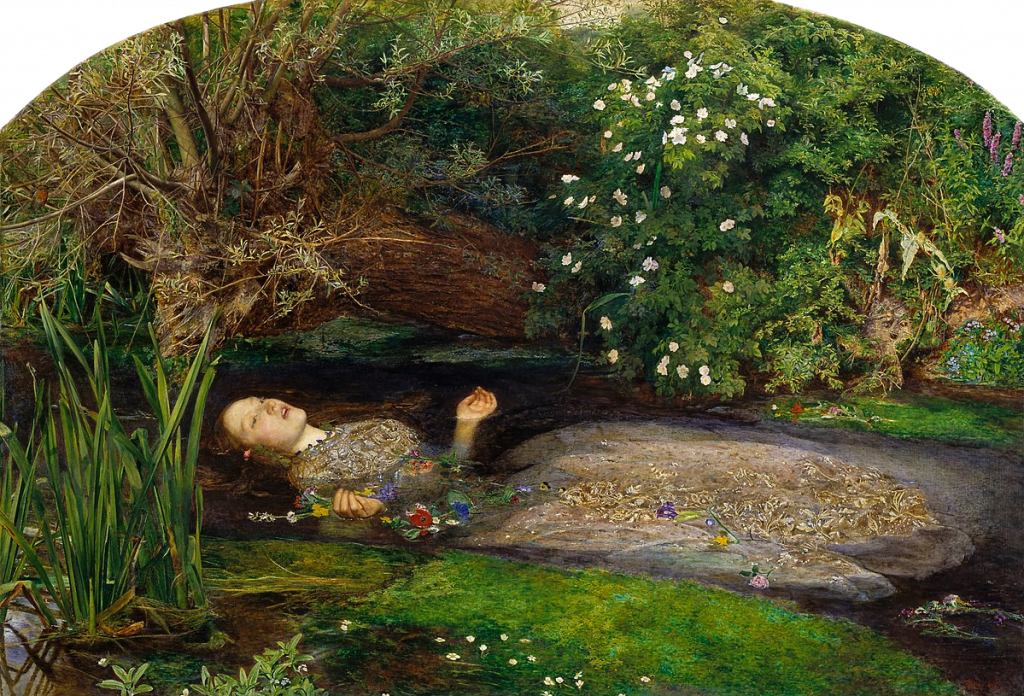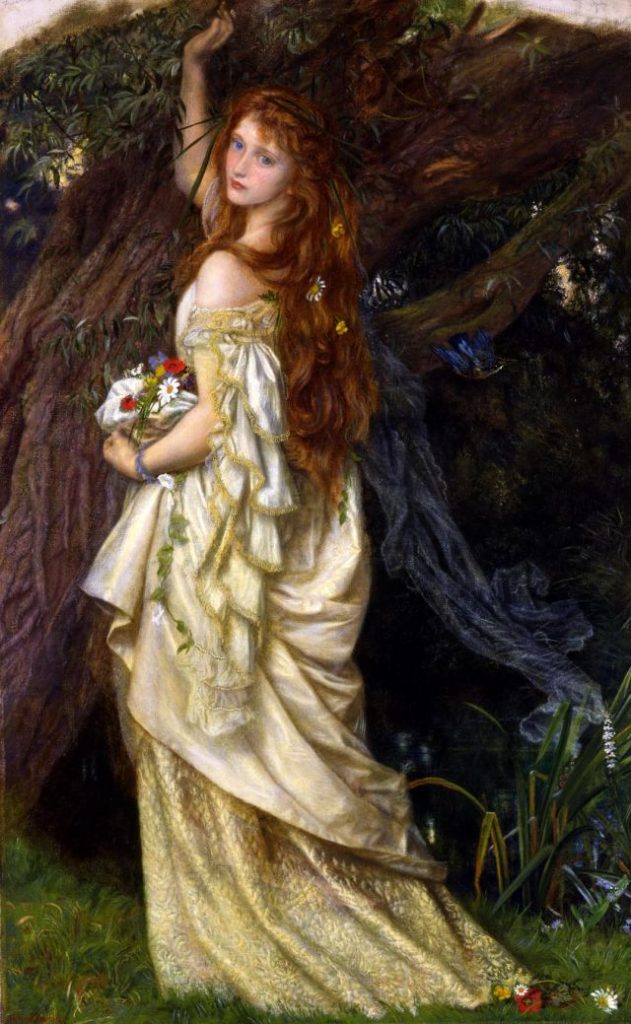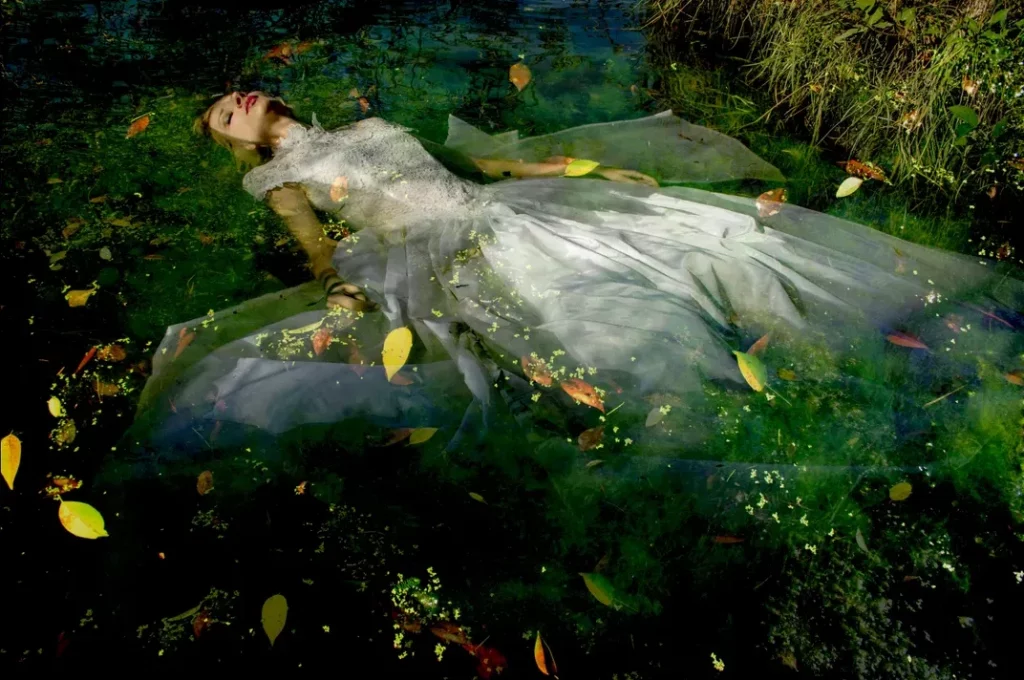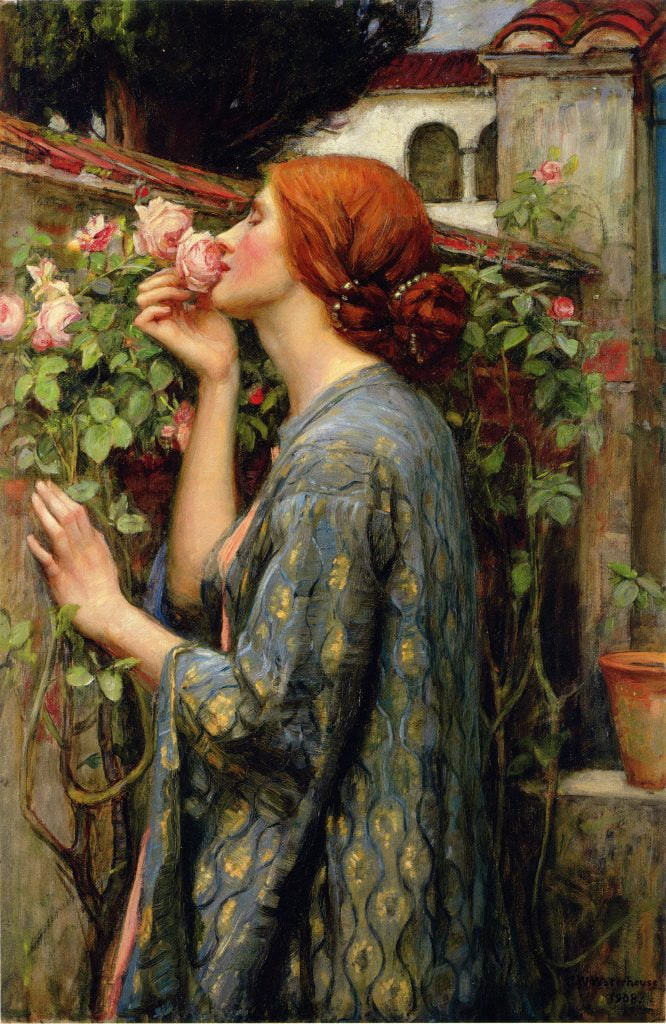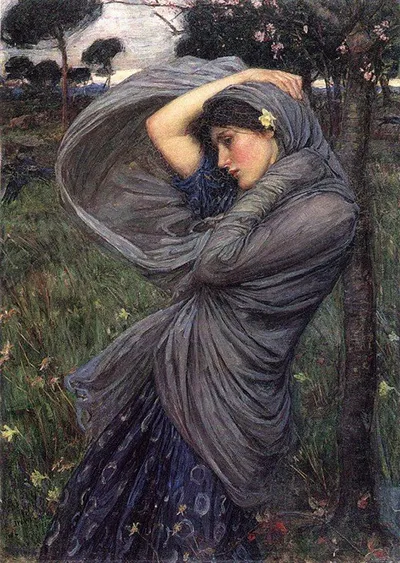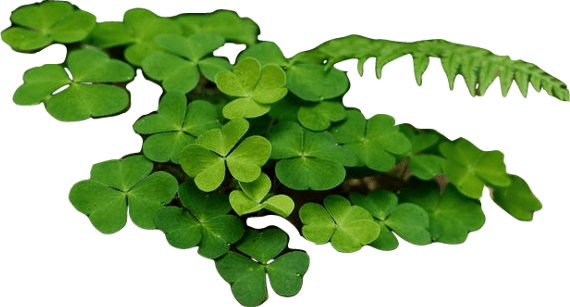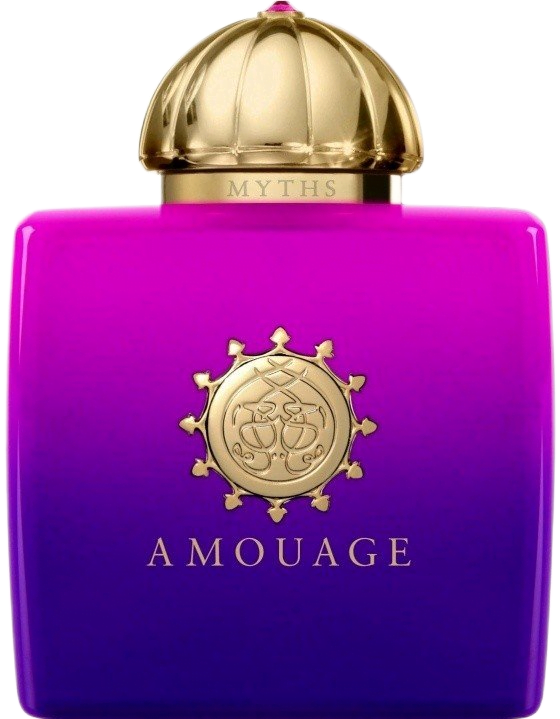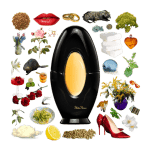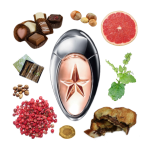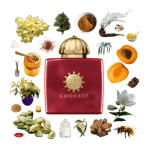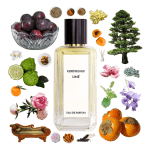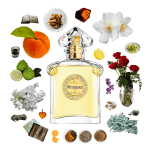Myths Woman Eau de Parfum by Amouage Review
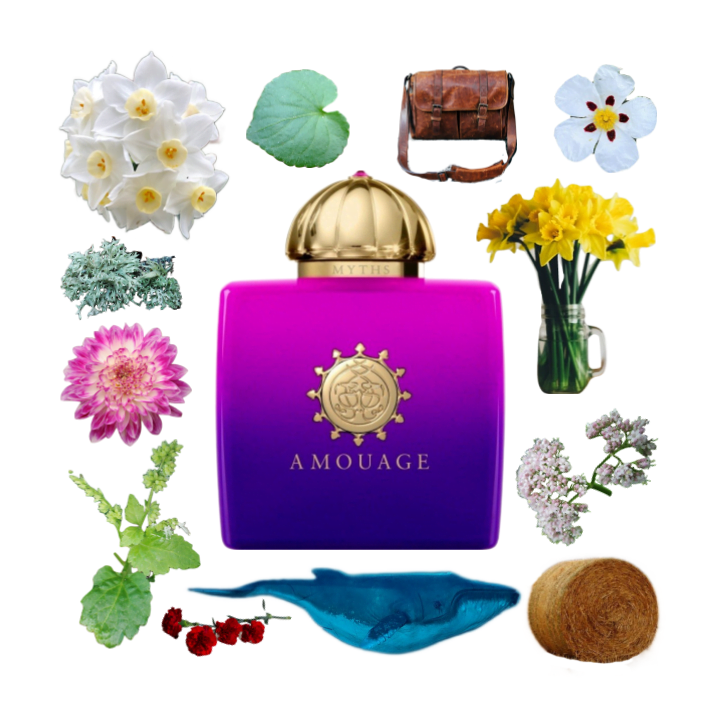
Myths Woman is a sharp green mossy marvel of a chypre. She is a fragrant blooming bog without apologies. She is refreshing without being traditionally fresh, dainty, or light. Myths Woman is the dark green of hardy yet tender green plants awakening at the end of winter, dotted with faint white and orange spots where growing narcissus peeks through. She is heady, mysterious, divine, and sadly gone all too soon, just as the name suggests.
Nose Nathalie Lorson has gifted us, and Amouage, a masterpiece.
The glorious purple bottle is a far cry from the true green color of this fragrance, so much that I wonder at the reasoning behind the decision: perhaps it is a joke? But no: although she is natural and verdant, Myths Woman has a rare impossible wonder about her that makes the unnatural purple bottle of the bottle seem, somehow, right at home.
This fragrance makes me think of a particular time in nature: the days between the end of winter and the beginning of spring, when the ground has begun to thaw, the early plants are blooming, and the animals have just started waking up.
This is not a sunny spring day full of flowers and birdsong: this is a day with a chill and maybe a tiny bit of residual snow on the ground, but the sun is shining all the way through the trees onto the dappled forest floor, and the narcissus flowers and crocuses are starting to bloom. (There is no scent of crocus here, but perhaps their association with narcissus as early spring flowers inspired the purple bottle.)
Immediately out of the vial, Myths Woman is astringent, sharp, and green like something crushed — a handful of herbs or grass clippings, perhaps, pressed underfoot.
There’s a smell in here that is exactly like one of the rooms at Phipps Conservatory and Botanical Gardens in Pittsburgh- not like most of the conservatory, with fresh, humid, warm, green and floral smells, but a particular room with a slightly drier, more bitter green aroma. I currently can’t place which room it is for the life of me, but when I do it may give me more context for what plants I might be smelling. Perhaps I’m simply reminded of the smell of the annual winter flower show, featuring flowers such as amaryllis and narcissus that bloom in the cold, and thrive in the humid, controlled environment of a conservatory.
I get whiffs of something like valerian in here: warm, green, dense, a herb beloved by cats (much like catnip, but more common in Europe) for its aroma, which reminds them of the various pheromone smells of other cats. This is likely the urinaceous “pissy” note others are smelling here. I’m reading it as valerian: herbal in a strong, unapologetic way, almost folk-medicinal, a tincture you take to sleep and calm the nerves, not necessarily for its flavor. It’s only particularly noticeable to me in the first few minutes, before it fades back into the animalic herbal melange.
There’s a dimension to the background of Myths Woman that is almost manure-like. I believe this is a trick of the combination of that urinaceous valerian with a heavy, dark oakmoss and the heady animalic qualities of narcissus, with its slightly fecal indoles and hint of hay. I can’t point to anything in particular at this stage that is definitely leather, but perhaps that adds another animal dimension to this wild scent. I don’t dislike it: it makes me think of gardens and of hard work, of resting by barns and pots of white spring flowers.
I can definitely smell plenty of narcissus here, and it’s glorious. Slightly earthy, animalic like a barn of feces and hay, but a glowing, honeyed, just-slightly sweet accord is in here as well, heady and opulent.
The contrast in this note is simply divine. It’s the centerpiece of Myths Woman, and for good reason. The narcissus brings together wild, filthy animalic nuances and an intoxicating bright white kind of magic. It’s strong and rich in a way that’s sure to make your head spin, either in a good way or a bad way. (My brother, for instance, has horrendous migraines triggered by the smell of narcissus. I, on the other hand, can’t get enough of it.) This is not remotely a safe note to blind buy.
To me, though, it’s breathtaking. This is bright lemon-yellow daffodils and small, delicate paperwhites with orange centers, and every other kind of narcissus flower you’ve seen, rolled into a potent and dizzying early-spring bouquet.
(Have you ever noticed how many kinds of narcissus there are? This spring I tried counting the different varieties of narcissus flowers I saw and lost count somewhere after twenty. There really are so many gorgeous kinds out there. Right now, my favorites are the big white daffodils with equally white trumpets, and perhaps just a hint of yellow in the middle.)
Come to think of it, this is probably a white sort of narcissus rather than a yellow one. The yellow ones tend to have lighter and sweeter fragrances, while this one is a heavy dose of some of the filthiest florals I’ve ever smelled.
Whatever sort of narcissus this is, it brings on the wild, animalic indoles to a degree I’ve scarcely seen before. Step aside, jasmine. Amateur hour is over. Narcissus is a heap of dizzying almost-fecal indoles large enough to knock out a medium-sized rodent. It’s crude, it’s dirty, it’s glorious. It’s so strong I’m certain I smell animal notes in here, something like civet, licentious and unwashed little brown animals scurrying about underfoot and pawing at each other.
There’s something playful about it, and something incredibly grounding, and it blows my mind that this incredibly animal smell is coming from such an innocent white flower. There’s just a hint of honeyed-golden sweetness around its edges, wild and gorgeous and well-deserved.
I asked two friends who both grew up Catholic what they smell in the opening, and both of them happened to say “church.” This isn’t at all church-like in any woody way, so I think what they’re smelling here is perhaps the chrysanthemum, reminding them of chrysanthemum bouquets at ceremonies, weddings and funerals. I myself don’t have this church association, but someone who grew up regularly attending around such bouquets very well might.
There’s a hint of slightly floral spiciness that doesn’t quite belong in a narcissus that I recognize as carnation, but it’s subtle and doesn’t overwhelm the scent with fresh spice, instead accentuating the fresh crushed green facet of the fragrance with its edge.
Something ocean-fresh and salty is in here too, perhaps ambergris, adding a faint whiff of fresh air to keep things from getting too stuffy, while also enhancing the animalic accords with its warmth. It keeps to the background and is never overwhelming, but provides a balance to all the earthy and dizzying notes. It’s a little bit like opening a window in the very back of a room on the coast, letting in a single cool tendril of ocean air.
So what are the actual greens being crushed softly underfoot in this room? That hint of valerian, particularly noticeable in the first few minutes, whispers faintly in the background. I’ll believe that there are violet leaves in here, although they don’t present at all ozonic or cucumber-like on me, thank goodness. Certainly, some sort of fresh, crisp, astringent green leaf makes up the heart of this crushed pile, particularly in the delightfully sharp herbal opening.
Perhaps there is some faint patchouli here, not as herbal as the other greens nor as dark as the oakmoss, creating a bridge to blend the various greenery together. Chrysanthemum lends a musty, herbal green scent with a fresh and spicy edge. The floral spice of a carnation is vaguely detectable.
A rich, bitter oakmoss is present; it blends with the heady sweetness of the narcissus, creating a rich bittersweet texture, the way that fine dark chocolate is dark and bitter while hiding a wild, deep sweetness underneath. The heady floral narcissus and the animalic notes soar over the greenery, creating an atmosphere of warmth just starting to seep through cold, with new floral growth and animal scurrying waking up the cool herbal mossy forest floor after the winter.
Through its fairly linear life cycle, Myths Woman often reminds me of a more sharp-crushed-green Paloma Picasso by Paloma Picasso (without the aldehydes and roses). The animalic facets are even more prominent here, as are the green and mossy ones. These were always my favorite parts of Paloma, so I am delighted. At the same time, while Paloma is delicately balanced in a way that presents wild feral-yet-glamorous femininity, Myths Woman leans decidedly towards the feral, with no rose-aldehyde-carnation soap softening this to the palates of traditional floral lovers.
No, Myths Woman is a glorious animalic green chypre first and a floral scent second, with the heady narcissus serving the image of animals scampering among crushed greens in a bog in the last days of winter. Crushed handfuls of herbs make up its backdrop, with additional earthy nuances coming from valerian and chrysanthemum.
There are many people who find Paloma’s polite-rose-meets-wild-animal sensuality sexy, myself included, but I expect Myths Woman may scare off anyone for whom the traditional, polite, soapy floral side of that scent is something essential. Myths Woman is Paloma undressed, with her hair shaken out of its perfect blowout and her vampy red dress and smart heels left at the door. She is picking narcissus flowers in the forest in her pale, translucent nightclothes, breathing in the cool air and listening to the scurrying and mating of small mammals.
She crushes fresh green herbs underfoot, and hears the delicate, sharp inhale of some small creature in response. There is purity in the sight of her, this nymph-like woman in white, surrounded by flowers and greens, but inside she is human, curious, and fundamentally of the earth, reveling in the dirtiness around and within her. She is, indeed, a woman of Myth, as such wild, untamed sensuality in connection with nature is rarely ever seen around us today, and is left to us only in the stories, myths, and fairytales we have been telling for all of time.
Cold weather really brings out the extremely animalic, heady floral sweetness in this, a touch spicy in the way that flowers are, prickly and heady and sweet like wildflower honey. The animalic qualities of this floral really are delicious and astounding. I’ve never seen anything quite like it. The green, almost-vegetal spice of the carnation is quite prominent in the cold, building up that accord of floral spice and faint yet heady sweetness.
Indoors, at room temperature, the herbal, green, and mossy notes are much more notable. These need a bit of warmth to truly activate the aura of a bog in early spring, with sunshine creeping through the narcissus clusters to reach the mossy forest floor.
There isn’t much to the base of Myths Woman. This is the greatest fault of the glorious composition: it relies on heavy indolic top notes and fades all-too-quickly. A hint of labdanum lends the mildest suggestion of warmth to its last moments. Meanwhile, a very faint leather accents the last drops of the animalic and earthy notes that have carried the fragrance throughout. It’s dry, almost wood-y, perhaps a nod to the classic animalic-green-leather chypres of the past. It’s not at all like a shiny polished cattle leather purse or fancy boot, nothing like a scent I’d typically think of as leather, more of a tanned animal hide note whispering at the bottom of the fragrance.
Visually, Myths woman makes me think of muted tapestries and paintings of women in white wandering the woods, flowers in their hair. It makes me think of ornate medieval tapestries with patterns of maidens and unicorns. This is the smell of the pure unicorn-taming maiden, wild and free and perhaps less innocent than she looks.
It makes me think of some painting I can clearly picture but can’t find online. The brushstrokes are gauzy and romantic. It’s of a woman in white, reaching down to pick flowers or perhaps run her hand through a stream. Her hair is in loose curly dark brown ringlets hanging around her face. They’re warm-toned, almost dark auburn. Small red, white, and blue wildflowers dot the gray-green landscape.
I don’t know whether that painting exists or I’m imagining it, but the image is clear as day in my mind. This is another case like Chloé’s Nomade for me, where a perfume brings to mind a clear-as-day image and I can’t tell whether I’ve seen it somewhere or made it up. It’s a testament to how evocative this fragrance is of a very particular setting, style, and mood.
I do know Myths Woman reminds me of the many painted renditions of Ophelia from Hamlet, pure and innocent and sweet, by the river and covered in wildflowers. In particular, I think of John William Waterhouse’s three paintings of Ophelia, particularly the idyllic first.
Here are some other artistic renditions of Ophelia that convey the verdant, innocent-yet-sensual, white-and-wildflowers romantic vibe of Myths Woman:
In fact, it makes me think of a number of John William Waterhouse paintings, with their romantic Pre-Raphaelite gauziness, verdant backgrounds, and complex facial expressions on dreamy, yearning women.
Consider the delicious rich sensuality of The Soul of the Rose:
There are no roses in Myths woman, but that delicious sensation of burying your nose in a flower and closing your eyes is ever-present. And though the mood is much cheerier than this next painting, I think of the small daffodils of Waterhouse’s Boreas:
That green field of little yellow daffodils is the world of Myths Woman on a dark and stormy day. But this is not a dark and stormy day. Our protagonist is more like the woman from The Soul of the Rose, lost in the delicious sensual experience of the flowers, all colors and senses and breath. There’s a magic to her — or perhaps to her flowers — that enchants unicorns and makes people lie down in the forest to sleep. There’s a deep, dripping power to her sensuality. The paperwhites glow white under the moonlight.
I adore Myths Woman. My only complaint is that, like a true mythical being, she is ephemeral, disappearing without a trace after about four to five hours of a lovely linear scent. Altogether, she is faint in her sharp greenness, and you are unlikely to project her very far off of your body unless you are far luckier than I. Nonetheless, she is stunning. I’ll wear her in the winter in hope of early spring, and in warmer months as a refreshing memory.
Where to Find Myths Woman Eau de Parfum by Amouage
You can find samples, decants, and full bottles of Myths Woman EdP at Scent Decant.
This is an affiliate link. If you click on it and buy something, the seller pays me a commission, at no extra cost to you. You can learn more about them here.
